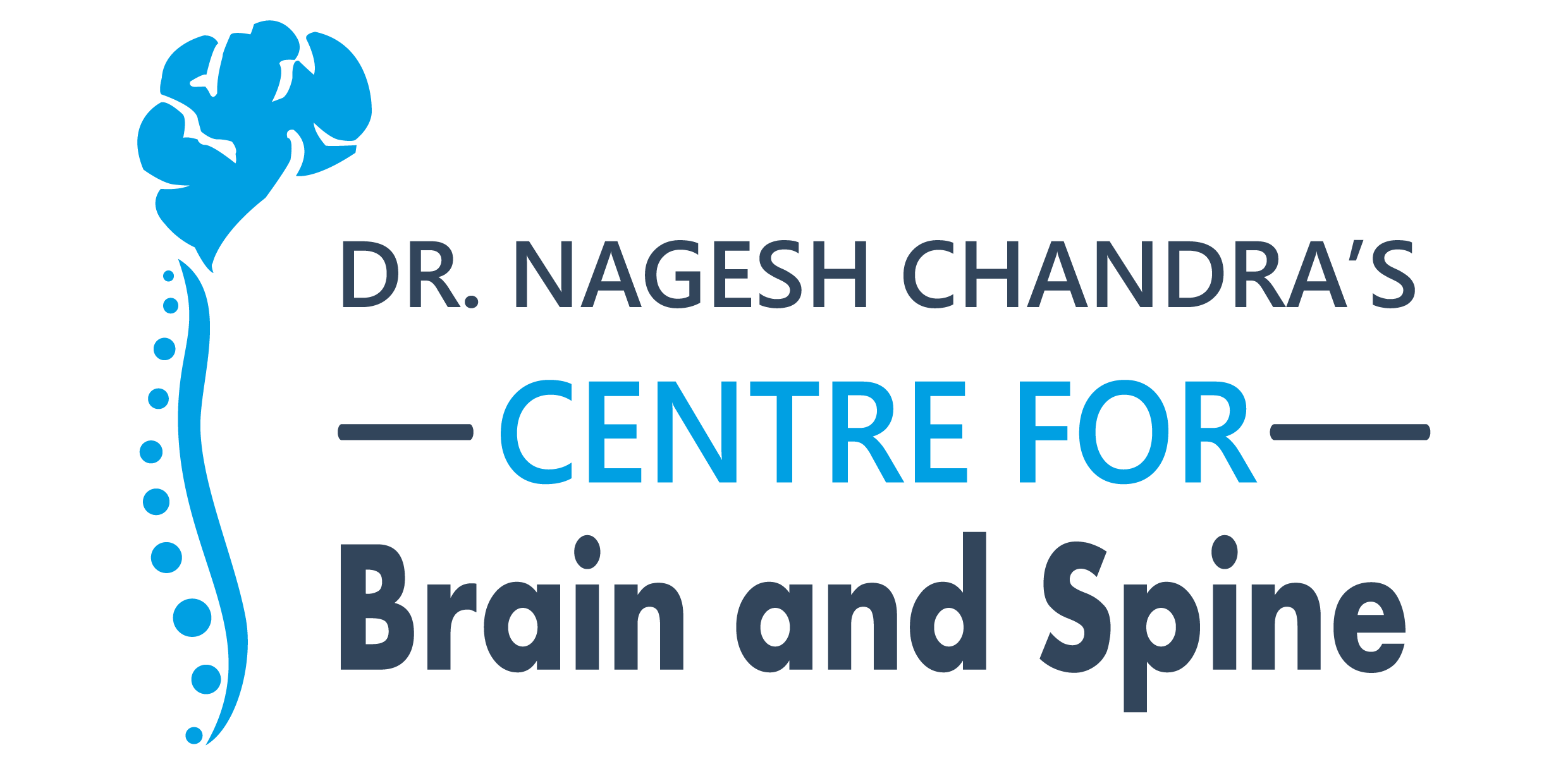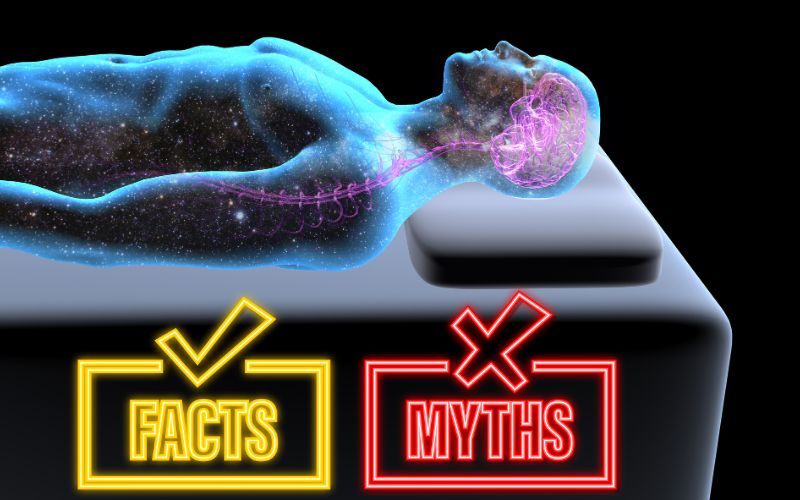Dr. Nagesh Chandra, renowned brain and spine surgeon in Delhi says “as neurosurgeons, we often encounter many myths and misconceptions about brain and spine conditions from our patients. These can lead to unnecessary worry, delayed treatment, or unproven ‘cures.’”. Hence, in this article, we have covered the most common myths and provided the facts about related brain and spine problems.
Common Myths about Brain and Spine diseases and disorders
Myth #1: Back pain is just a normal part of ageing that you have to live with.
Fact: Back pain becomes more common as we get older, but is not dismissed as simply a consequence of ageing. Persistent or severe back pain is a symptom of a condition like arthritis, disc degeneration, spinal stenosis, or even a spine tumor.
Myth #2: Chiropractic adjustments can treat disc herniations.
Fact: Spinal adjustments help relieve muscle tension and minor misalignments. However, when a herniated disc compresses nerves, these adjustments make the condition worse by allowing more disc material to extrude and cause nerve irritation. Herniated discs require definitive treatment like epidural injections and surgery.
Myth #3: Brain surgery is extremely risky and so avoid it at all costs.
Fact: Like any surgery, brain surgery have its risks. But neurosurgery in Delhi under supervision of great brain surgeons have good chances of success, allowing precise operations in a lot of cases. For serious conditions like tumors, aneurysms, or uncontrolled epilepsy, the risks of not having surgery outweigh the risks of the surgery when performed by a skilled neurosurgery specialist.
Myth #4: A traumatic brain injury is only serious when you have loss of consciousness.
Fact: Loss of consciousness is a sign of moderate to severe brain trauma. but, concussions and milder traumatic brain injuries occur even without being “any consciousness problem.” Symptoms like headaches, dizziness, difficulty concentrating, and mood changes after a head injury must never be brushed off as “just a little bump on the head.”
Myth #5: Eating almonds is a proven way to boost brain power.
Fact: Almonds are an excellent source of healthy fats, vitamins, minerals and antioxidants that are beneficial for health. However, the idea that almonds or almond supplements improve brain function and prevent neurological diseases like Alzheimer’s is more hype than reality. Yes, nutritious diet is important, but specific “brain foods” have mixed evidence when it comes to brain-boosting effects. A balanced diet, exercise, with adequate sleep, still remain the best ways to support cognitive brain and spine health.
Myth #6: Sitting up straight is the best way to avoid low back pain.
Fact: Rigidly sitting up ram-rod straight actually increases strain on the back muscles over time hence maintaining a healthy posture is important for the spine. Ideally, you find a relaxed, natural upright posture avoiding excessive slouching or flexion when sitting for long periods.
Myth #7: Children can’t get degenerative disc disease.
Fact: While spine diseases and generative issues are more common in adults, congenital conditions like spondylolisthesis affecting disc proteins lead to premature disc degeneration in children and teenagers too. Back pain in children and adolescents must be taken seriously and assessed appropriately.
Myth #8: A past treated cancer means you never get brain tumor.
Fact: Unfortunately, having cancer in the past does not prevent you from brain tumor, even if the initial cancer was in a different part of the body. Cancers that originate elsewhere can potentially also spread to the brain. As, primary brain tumor occur independently of other cancers.
Myth #9: Spinal stenosis is just spine arthritis and nothing is done about it.
Fact: Spinal stenosis is a narrowing of the spinal canal that compresses the nerves. It is caused by arthritic overgrowth of bone, it also result from herniated discs, tumors, or other lesions. A number of treatments available depending on the severity, including laminectomy surgery to open up the spinal canal and relieve pressure on the nerves.
Myth #10: There’s no point in neurosurgical treatment if damage is already done.
Fact: In neurological conditions, the only treatment is stopping further damage from occurring, not reversing what has already happened. Brain and spine surgeries are frequently successful at halting the progression of injuries, tumors, or diseases and in order to prevent decline in function, even if they cannot undo all the problems that occured.
Myth #9: Cracking sounds from your neck or back are signs of serious injury.
Fact: Popping, cracking, or grinding sounds come from nitrogen bubbles forming and releasing in the fluid around the joints. Although these sounds are annoying and look tensed but the sounds are not the signs of injury unless accompanied by sharp pain, swelling, or limited movement.
These myths and realities about brain and spine problems are explained above in detail. If you are experiencing neurological issues and symptoms, don’t let misinformation prevent you from getting the treatment you need. Consult a top neurosurgeon at Center for Brain and Spine in Dwarka, Delhi. He has been a reputed expert with experience in treating the brain, spine, and peripheral nerve conditions with techniques.

